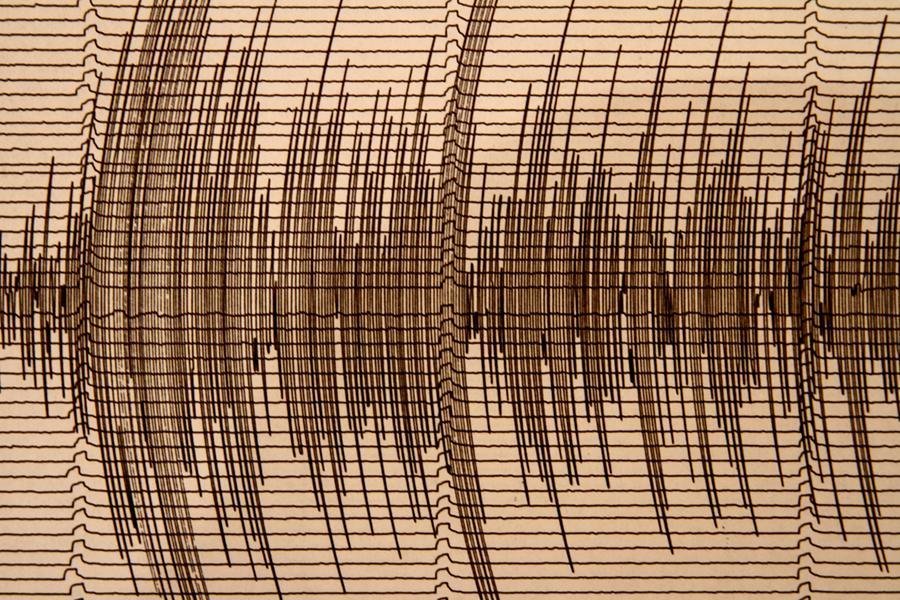A 5.7 magnitude earthquake struck southern Iran early on Thursday morning, but the tremors were not felt in the United Arab Emirates (UAE). Officials confirmed there was no impact or damage reported in the UAE, and residents did not feel any shaking.
This earthquake is a reminder of the natural seismic activity in the region, especially near the Zagros mountain range. However, the UAE’s geographical location keeps it mostly safe from serious earthquakes.
Details of the 5.7 Magnitude Earthquake in Southern Iran
The earthquake occurred at around 1:30 AM UAE local time. It was recorded by the seismic monitoring stations that track earthquakes in the region. The quake measured 5.7 on the Richter scale, which is considered moderate but strong enough to be felt by people close to the epicenter.

Fortunately, this earthquake did not cause any reported injuries or major damage in Iran, and no effects were felt in the UAE. The early morning timing may have helped reduce risk, as most people were indoors and calm.
Understanding Earthquake Magnitudes and Effects

A 5.7 magnitude earthquake is classified as moderate. It can cause noticeable shaking, especially near the earthquake’s center. Buildings that are not well-built may be damaged in such earthquakes.
However, the strength of an earthquake felt at a distance depends on several factors:
- The depth of the earthquake underground
- The distance from the epicenter
- The type of ground or soil in the area
- The construction quality of buildings
In this case, the earthquake was deep enough and far enough from the UAE that it caused no noticeable shaking in the country.
Why the UAE Was Not Affected by the Earthquake
The UAE is not located on a major fault line or earthquake zone. Its nearest active seismic region is the Zagros fold and thrust belt in southern Iran, about several hundred kilometers away.
While the UAE has experienced minor tremors in the past, usually these are low magnitude and cause no damage. Larger earthquakes, like this 5.7 magnitude event, rarely affect the UAE directly due to the distance and geological differences.
Additionally, the UAE’s buildings are designed to meet safety standards that protect them from any minor tremors that might occur.
Past Earthquakes Felt in the UAE
Though the UAE is relatively safe from strong earthquakes, there have been small events felt before. For example:
- In December 2024, a 2.2 magnitude earthquake was recorded near Umm Al Quwain. It was too small to cause damage but was detected by monitoring stations.
- In September 2024, a 1.2 magnitude earthquake occurred near Al Fujairah. This was also very minor.
These events show that while the UAE can feel slight shakes sometimes, the risk of a damaging earthquake is very low.
Earthquake History and Risks in Southern Iran
Southern Iran lies along the Zagros mountain range, which is one of the most seismically active regions in the Middle East. The area has experienced many earthquakes over the years, some of which have been strong and destructive.
The tectonic plates in this region move against each other, causing stresses that release energy in the form of earthquakes. The 5.7 magnitude quake is part of this ongoing seismic activity.
Past earthquakes in southern Iran have caused damage to buildings, roads, and infrastructure and have sometimes led to injuries and loss of life.
How Earthquake Monitoring Works in the UAE and Region

The UAE’s National Centre of Meteorology (NCM) operates a network of seismic stations across the country. These stations monitor vibrations in the earth’s crust and quickly detect any earthquake activity nearby or in neighboring countries.
The data collected helps authorities understand the size and location of earthquakes. This information is then shared with the public to keep everyone informed and prepared.
Monitoring also allows emergency services to respond quickly if needed and helps planners improve building codes and safety standards.
What Residents Should Do to Stay Safe During Earthquakes
Although the UAE is generally safe from major earthquakes, it is still important for residents to be prepared. Here are some basic safety tips:
- Stay calm and do not panic during shaking.
- If indoors, move away from windows, glass, and heavy objects. Take cover under a sturdy table or against an interior wall.
- If outdoors, move to an open space away from buildings, trees, and power lines.
- Have an emergency kit ready with water, food, flashlight, and first aid supplies.
- Know the emergency contact numbers and follow instructions from local authorities.
Being prepared helps reduce panic and injuries if a tremor happens unexpectedly.
The Importance of Preparedness in Seismic Regions
Even though the UAE experiences few earthquakes, neighboring countries like Iran are at higher risk. Because the region is connected by trade, travel, and people, natural events nearby can sometimes affect others.
Preparedness includes public education, building earthquake-resistant structures, and having emergency plans. The UAE and other Gulf countries continue to work on improving these areas to ensure safety for everyone.
Conclusion: No Impact on UAE from the 5.7 Magnitude Earthquake in Southern Iran
The 5.7 magnitude earthquake that struck southern Iran early Thursday was a moderate seismic event. While it reminded the region of ongoing earthquake risks, the UAE was not affected. No shaking was felt, and no damage was reported.
Thanks to its location, safety standards, and monitoring systems, the UAE remains safe from most earthquakes in nearby regions.
Residents are encouraged to stay informed and prepared, but they can rest assured that such events are unlikely to impact their daily lives.
Read More: Dubai Police UASC Operations Boost Safety with Advanced Drones













